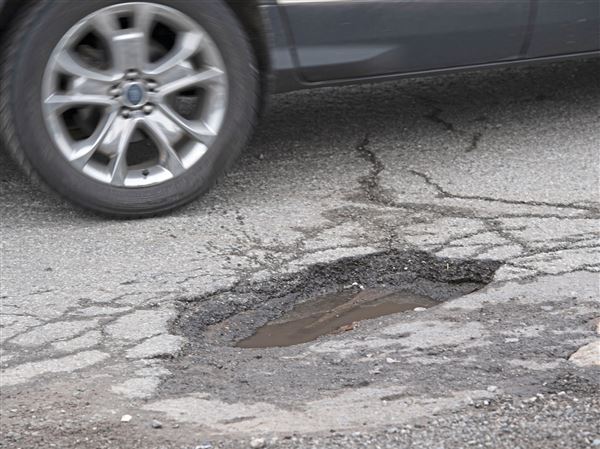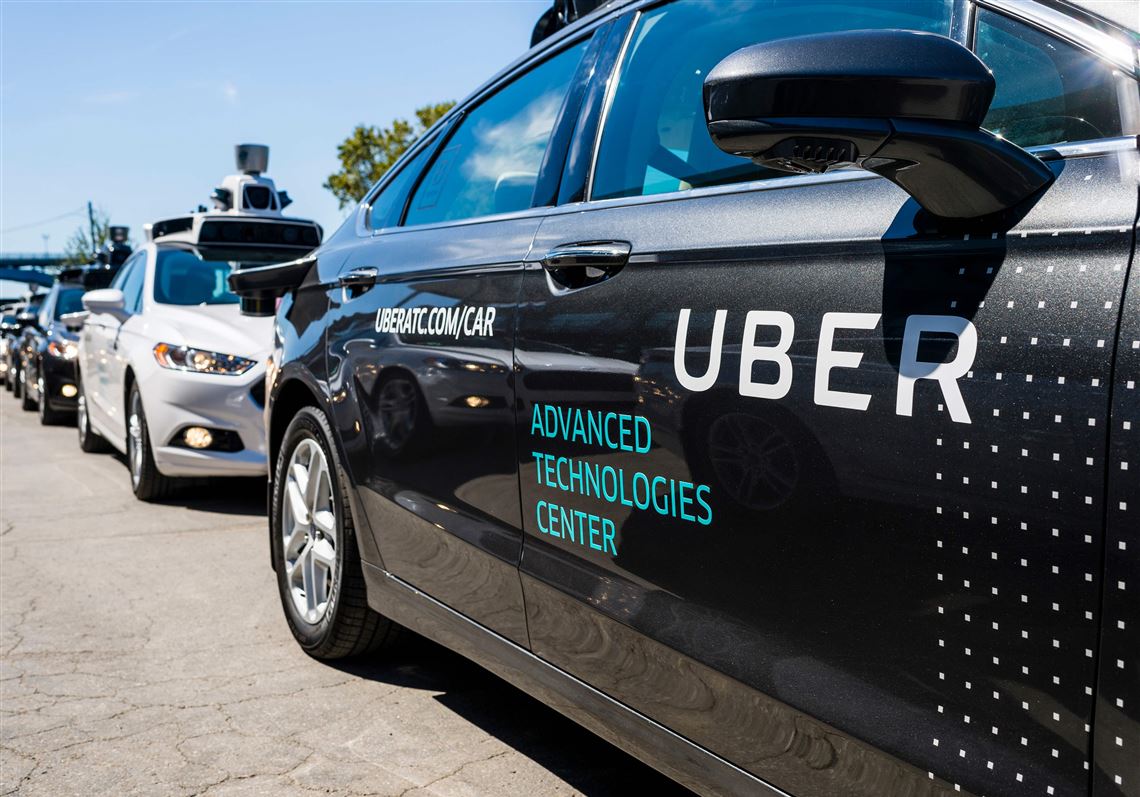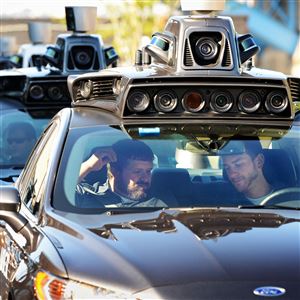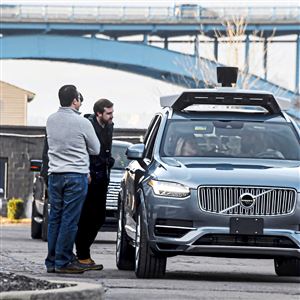WASHINGTON — The U.S. Department of Transportation announced Monday a federal effort to build public trust in autonomous vehicle development, creating an online platform that allows tech companies and governments to share safety information and testing data.
The move to promote the industry comes nearly four years after the Uber Advanced Technologies Center deployed its first test vehicles on the streets of Pittsburgh from its Strip District headquarters.
The testing of automated systems — always conducted with a human behind the wheel — has been rocky in Pittsburgh and elsewhere, especially after an Uber test vehicle in Arizona struck and killed a pedestrian in March 2018.
Department officials, kicking off a weeklong series of virtual events surrounding driverless vehicles, acknowledged some distrust of the nascent technology but defended its promise.
“These systems hold the promise to one day prevent fatal crashes, save lives and reduce crash severity,” said James Owens, deputy administrator of the National Highway Traffic Safety Administration.
“One day, fleets of fully automated vehicles may be broadly deployed across the country to drive you to work, take your elderly parents to the doctor or deliver packages to your front door,” Mr. Owens said.
But he added that “public trust will be the key to their adoption” and noted widespread “misconceptions about vehicles equipped with these technologies.”
The misconceptions in part have led to fighting on Capitol Hill over how to proceed with long-stalled legislation governing the industry. The Self-Drive Act was passed unanimously by the House in 2017 but died in the Senate. It has not moved in the current session of Congress.
At a February hearing before the House Energy and Commerce Committee, industry representatives bickered with safety advocates, trial lawyers and local government officials over complicated questions of liability, jurisdiction and federal waivers to put more test vehicles on the road.
The industry has cast driverless technology in the context of the more than 30,000 motor vehicle deaths on U.S. highways each year.
“We can’t wait for everything to be perfect, the way some have asked for,” Gary Shapiro, president and CEO of the Consumer Technology Association, testified to the House panel in February. “Every day we delay, literally, we’re killing people.”
The department’s initiative announced Monday — called the Automated Vehicle Transparency and Engagement for Safe Testing Initiative, or AV TEST Initiative — will include online mapping tools to show on-road testing locations, testing data such as vehicle counts, routes and results. State and local governments can provide regulatory information and emergency response plans.
The initiative is voluntary, but already nine companies and eight states have agreed to participate, officials said. Uber and Pennsylvania are among the participants.
The department plans to conduct meetings across the country to further discussions about federal regulation, which has developed in recent years on a largely voluntary basis.
Since October 2016, Mr. Owens said, NHTSA has granted permission for the temporary authorization for 87 automated driving systems to operate in 20 states.
In 2017, the department has convinced 20 companies — of about 80 total manufacturers and developers — to voluntarily post safety assessments, said Finch Fulton, deputy assistant secretary for transportation policy.
“This is really a sign that their company is more mature in their safety approaches and should be treated as such,” Mr. Fulton said.
The department is also currently drafting nine rules that will help provide the industry certainly, he said.
“We’re moving onto the barriers in regulatory language today and making sure the AV operations that we anticipate in the future are able to happen,” Mr. Fulton said.
The department plans to hold a series of virtual events this week, including a panel on Wednesday with Uber and other companies to discuss their technology and regulatory issues.
Daniel Moore: dmoore@post-gazette.com, Twitter @PGdanielmoore
First Published: June 15, 2020, 7:39 p.m.



















